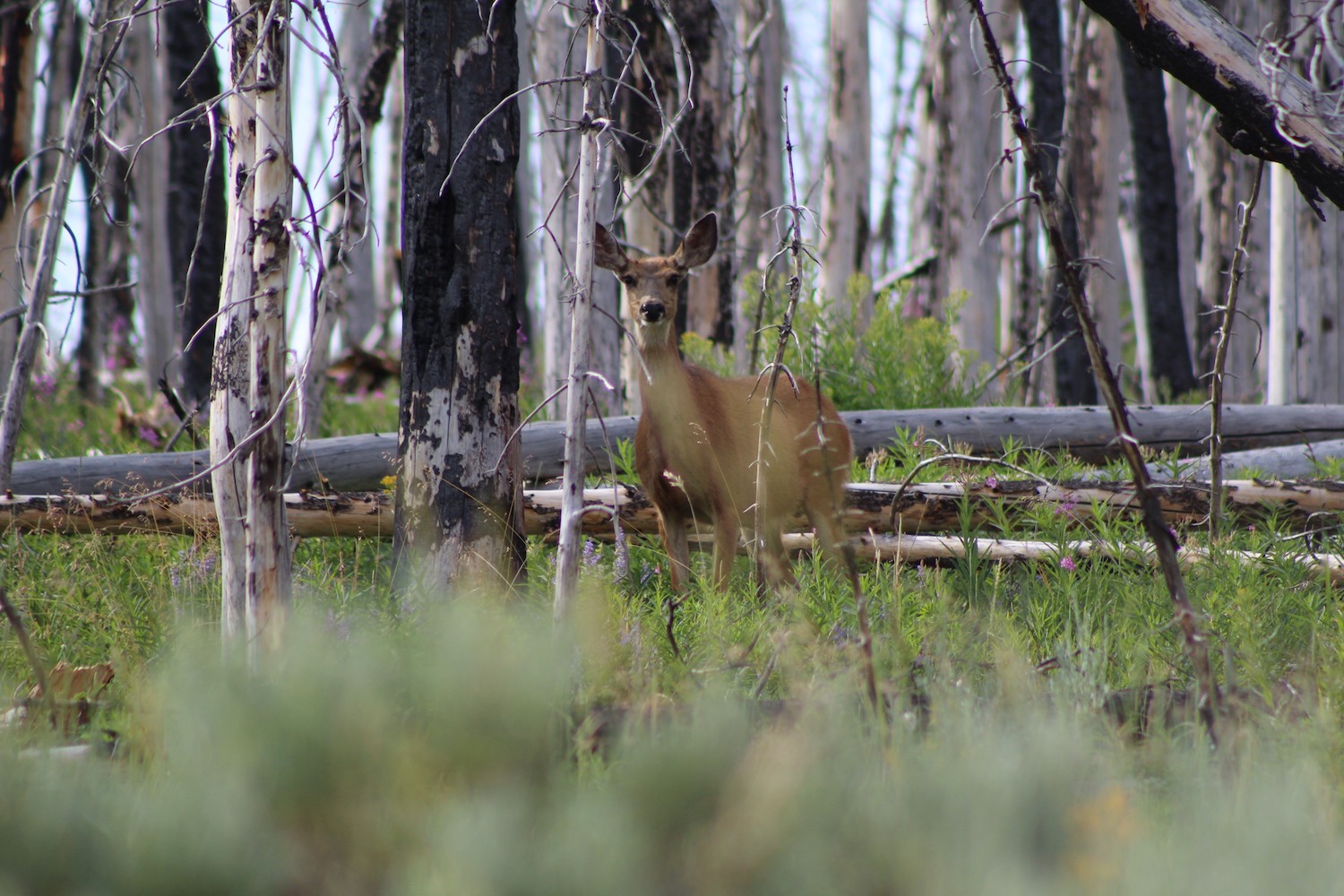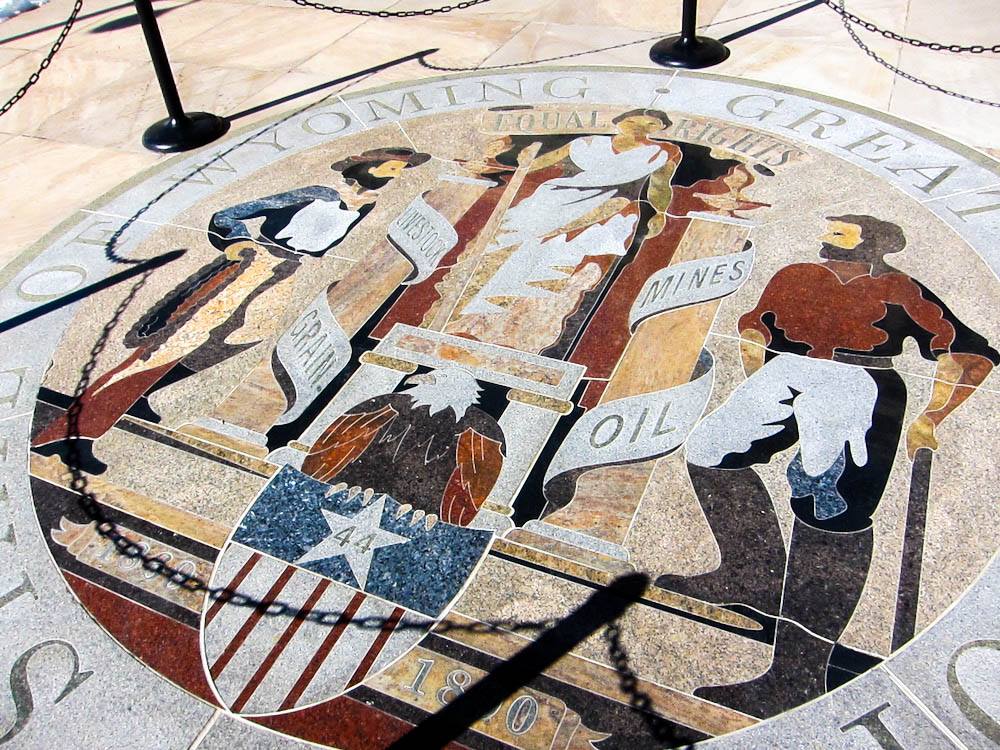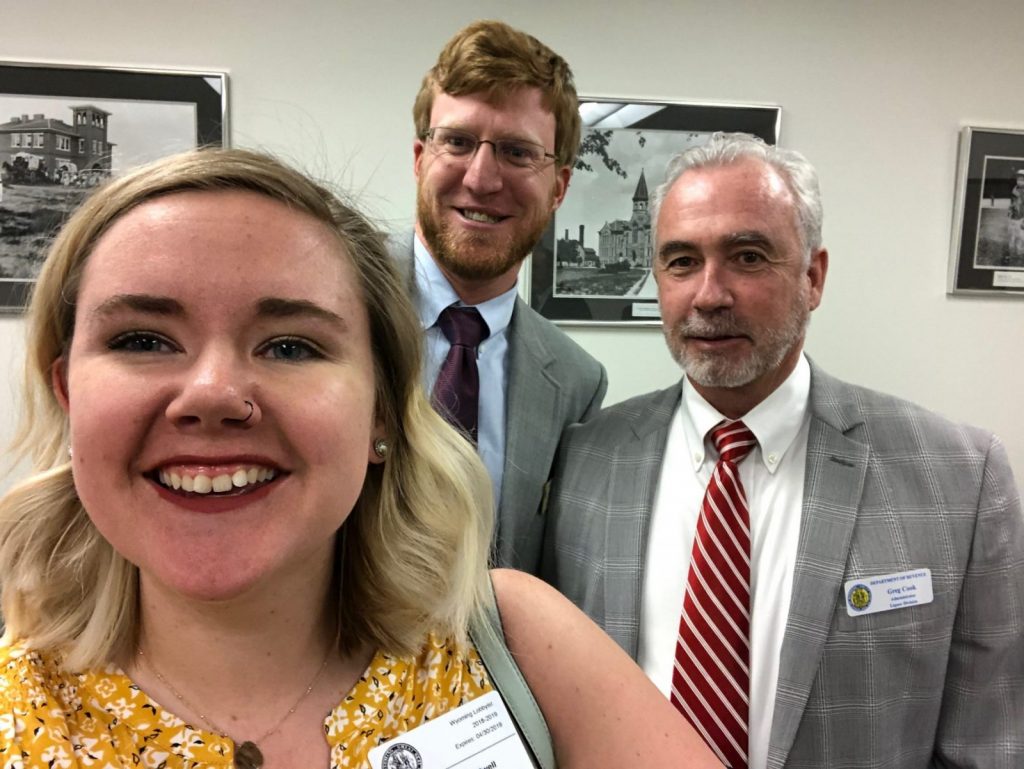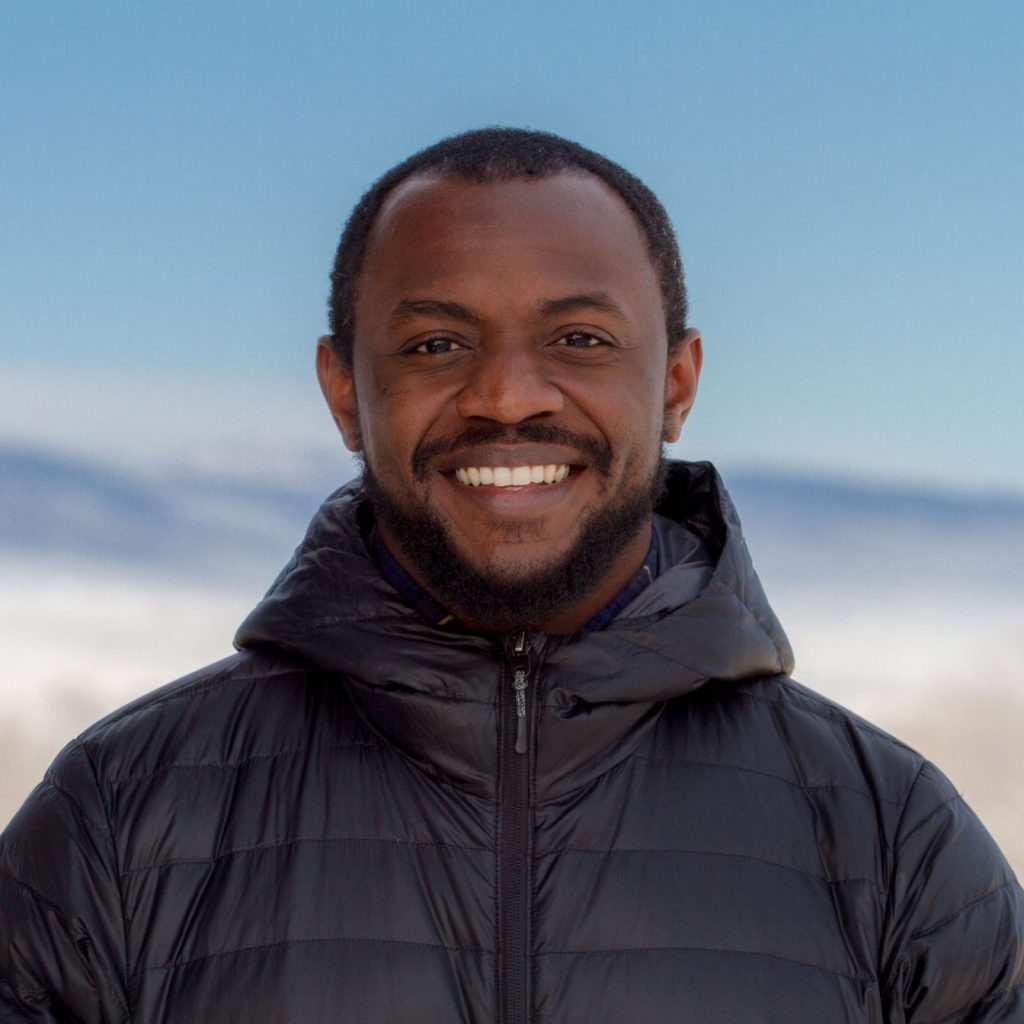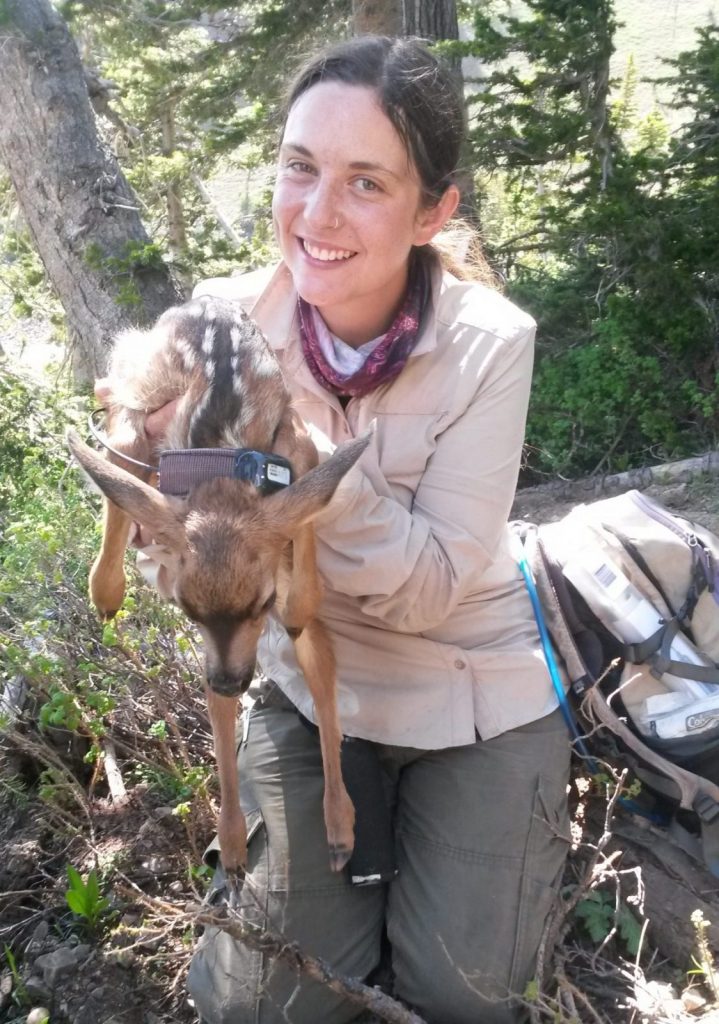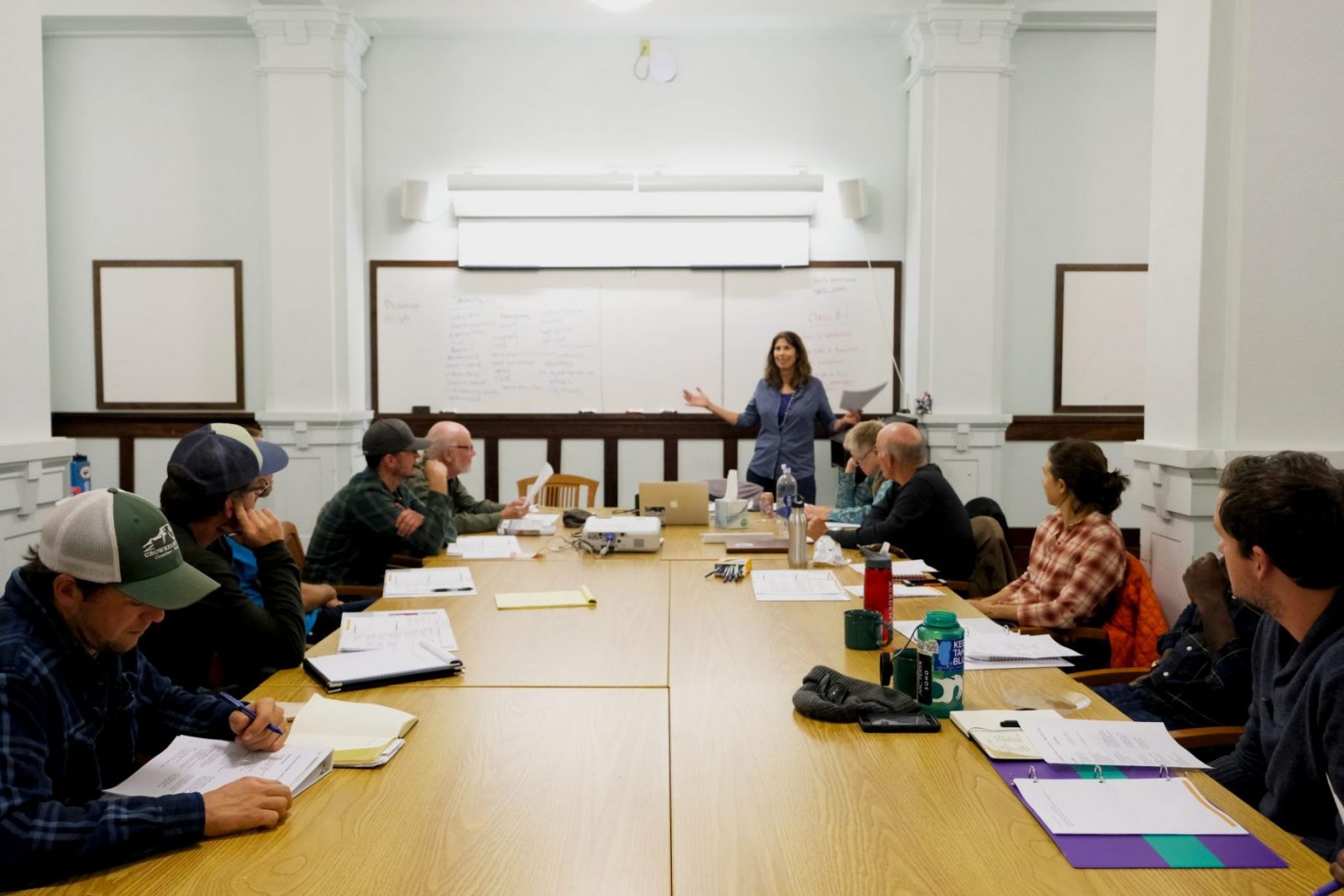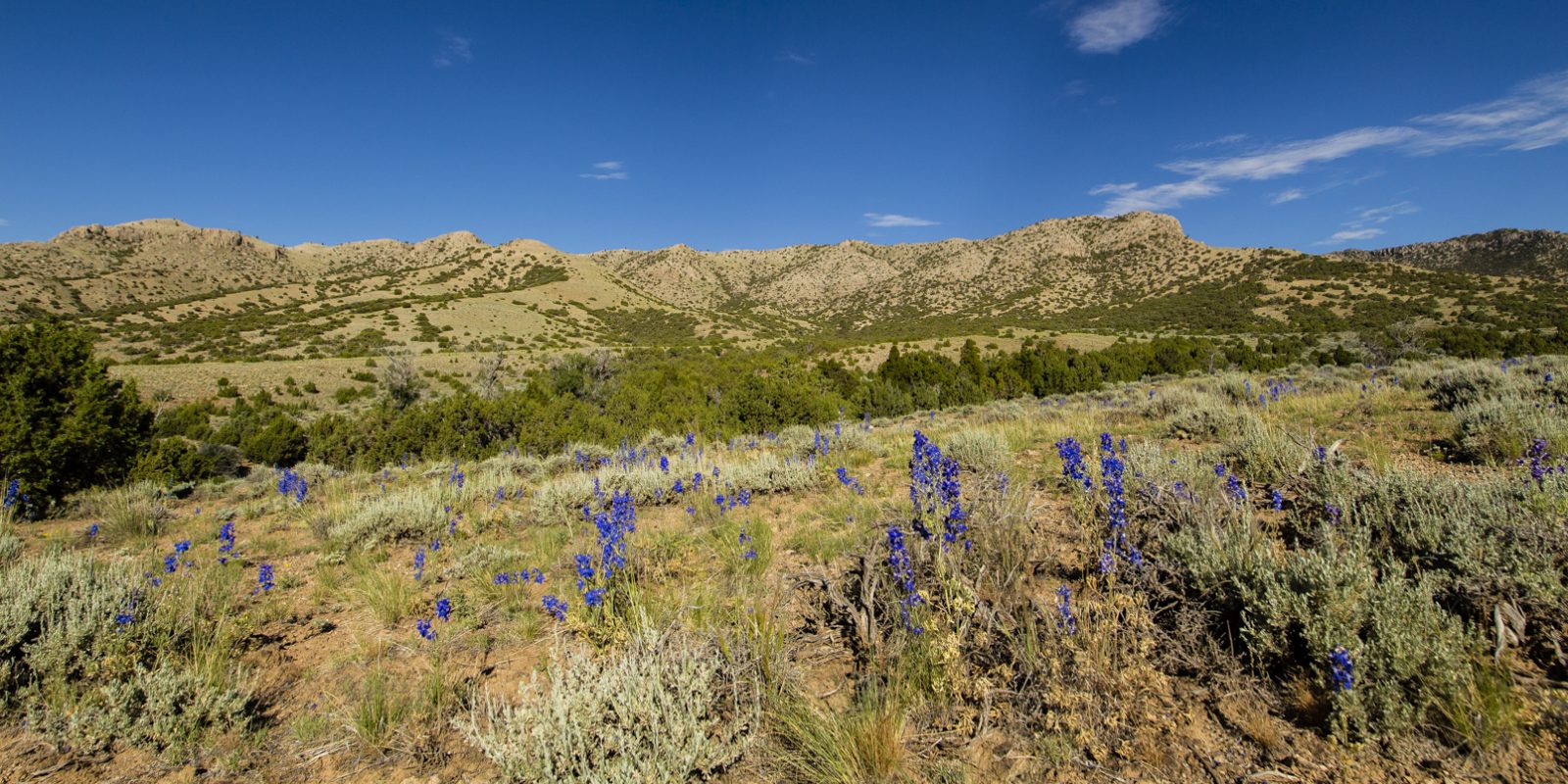DECEMBER 2019 UPDATE: We eagerly await the draft of the Governor’s executive order, and we anticipate that it will arrive this month. In the meantime, we’ve continued our advocacy to support the three officially designated mule deer migration corridors in the state (Baggs, Sublette, and Platte Valley), as well as turning our attention to the two corridors next in line for designation (the Sublette pronghorn, or “Path of the Pronghorn,” and the Wyoming Range mule deer). The coming year will hold many opportunities for Wyomingites to get involved in the management of and advocacy for migration corridors, so if you’re interested in mule deer, pronghorn, and/or elk, we’d love to hear from you!
Nobody knows the value of Wyoming’s wildlife more than the people who live here. It was Wyoming residents and leaders — across the spectrum — who initiated the West-wide stakeholder plan to protect the Greater sage-grouse, and now Wyoming is poised to do the same for big game migrations.
This summer, Governor Mark Gordon convened the Wildlife Migration Corridor Advisory Group made up of citizens who represented oil and gas, mining, agriculture, conservation, recreation and hunters, as well as a county commissioner and a Wyoming Game and Fish Commissioner. The Wyoming Outdoor Council contributed extensively to the discussion and made recommendations on behalf of the conservation community.
The Outdoor Council’s recommendations to the advisory group
Among our recommendations, which were grounded in the best-available science and sought to establish balance, we suggested that the group protect corridors through legally-binding oil and gas lease stipulations to guide development on public lands. We also supported efforts to create collaborative, voluntary approaches to conservation for landowners, investments in wildlife-friendly infrastructure, and to reaffirm the independence of the Game and Fish Department as the authority managing wildlife for the people of Wyoming.
Safeguarding our migrating herds requires stronger coordination between public and private stakeholders, among state agencies, and between the state and federal government. We echoed what the Wyoming public overwhelmingly believes: we can have responsible energy development without sacrificing our wildlife.
We echoed what the Wyoming public overwhelmingly believes: we can have responsible energy development without sacrificing our wildlife.
– WYOMING OUTDOOR COUNCIL
The group’s consensus: a state-level solution for development
We were impressed and heartened by the depth of engagement on this committee, and appreciated a frank, ongoing discussion with the citizen stakeholders charged with creating recommendations. While ultimately the group did not choose to recommend oil and gas lease stipulations, the group’s recommendations chart a new path forward to achieve balance. After lengthy negotiations, the group recommended a state-level process that would empower Wyoming decision-makers to shape on-the-ground development, ideally allowing our state to ensure that migrating herds are not harmed by development and other forms of habitat fragmentation.
The stakeholder consensus was not to manage habitat at the federal level, but to ask Governor Gordon to develop an Executive Order — patterned after the sage-grouse executive order — that gives Wyoming clear legal authority to site development outside of sensitive habitats. In this framework (like the sage-grouse framework), the Wyoming Oil and Gas Conservation Commission would work with the Wyoming Game and Fish Department to manage siting of proposed oil and gas development projects, and ensure they are placed in areas that do not impede corridor functionality or connectivity.
The recommendation language reflects the group’s understanding of the best available migration science, and the group’s recommendations are very clear that migration corridors—especially the most sensitive portions such as stopover and high use—are vital habitat. Therefore, the group recommended that the state should operate under the presumption that development will not occur in these particularly critical areas unless sound evidence suggests that development could be accomplished in a manner that will not harm wildlife habitat.
Other recommendations
The group created a wealth of recommendations about many land use and management challenges distinct from oil and gas development. These include:
- Establishment of local working groups to provide insight, feedback, and access to local knowledge associated with identified corridors;
- More proactive engagement from landowners;
- A change to Wyoming law requiring commercial-electrical generation solar and wind power projects be reviewed by the Industrial Siting Council to ensure they do not impact the functionality of corridors;
- Requests for funding for wildlife-friendly infrastructure and habitat work (e.g. invasive species); and
- Consensus to prevent recreational infrastructure within corridor habitat.
Will this approach work?
Migration routes cross multiple types of landscapes with multiple governing authorities, and therefore cannot be conserved with a single overarching action. Rather, conservation requires ongoing collaboration and dialogue — the kind embodied by the advisory group’s negotiations. We believe the committee’s recommended approach, if executed well, puts Wyoming in the driver’s seat. That means we have the chance to achieve the real balance that Wyomingites overwhelmingly wish to see: protection of migratory herds and vital habitat alongside responsibly-conceived and sited development projects. The future of our big game herds — and our outdoor heritage — relies on getting this right.
And we think that Wyoming is well-positioned to get this right. But not everyone is on board with the group’s recommendations for a path forward.
Migration legislation: an end-run around citizen consensus?
One legislative committee, prompted by industry interests who are dissatisfied with what the citizen stakeholder group recommended, is currently considering a bill that would hamper science-based wildlife migration corridor management. This committee’s approach seeks to remove the Game and Fish Department’s authority to identify corridors, and could open the door to higher levels of development within corridors, contrary to what the stakeholder group recommended.
The Outdoor Council is tracking these efforts and working with partners to oppose this approach. We support the Governor’s citizen advisory group and their recommendation for a sensible, balanced, and science-based approach. In the coming weeks, we will share further information about how to engage with this committee to oppose this bill, which will be considered in late October.
Finally, it’s important to remember that the solution that the Governor’s group recommended to address oil and gas impacts is implemented at the development stage, after a lease has been sold and a proponent wishes to drill. We think that’s a workable solution to manage habitat, and an executive order should give the state more leverage to ensure that federal management actions will dovetail with our state-level plan. In this time of widespread leasing, however, we will also continue to work at the federal level to fight back against leasing in these habitats in the first place. As Wyomingites, we know that some things simply aren’t for sale.
If we wish to secure a future that conserves large, intact landscapes and robust migratory big game herds, Wyoming must ensure that development happens on our terms. We believe that it’s not only possible to create a balance between conservation needs and energy development, but that it’s critical. The implementation of this advisory group’s recommendations will be a l turning point, and a key step in defining our state’s future. Once we lose migration corridors, that’s it — they’re gone. We must get this right.
Stay tuned for more information about opportunities to support conservation of corridors.


